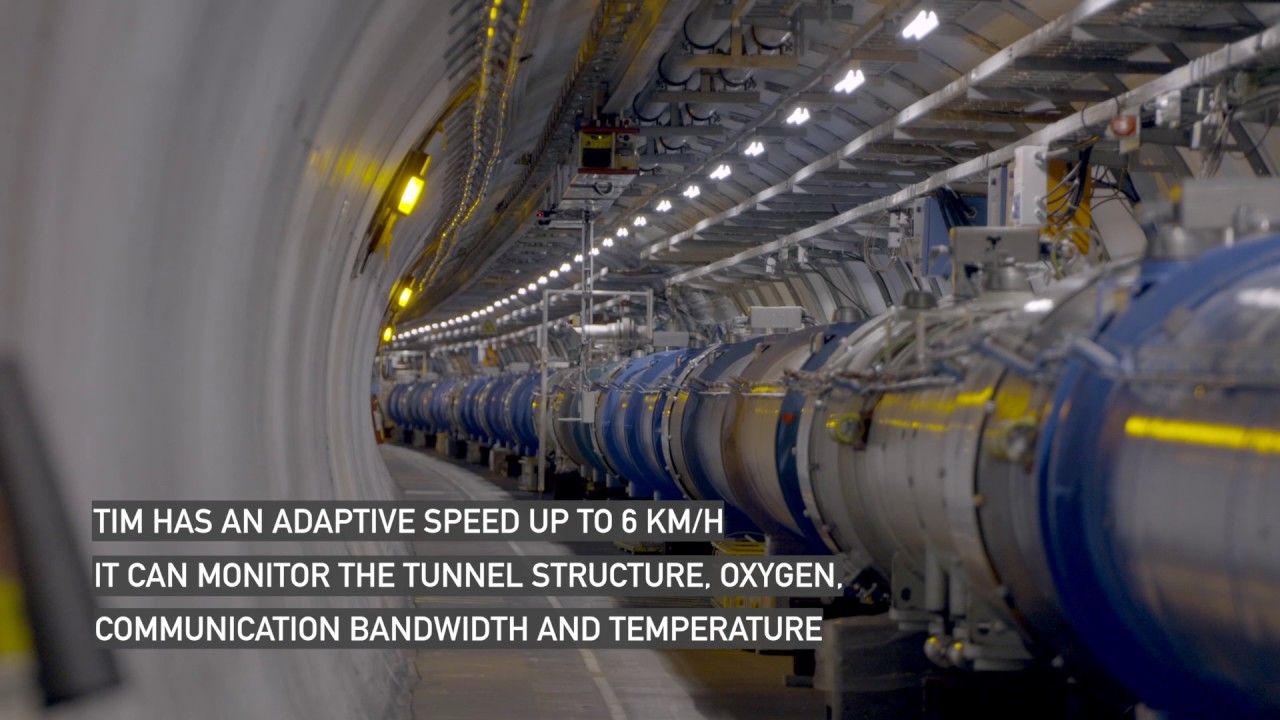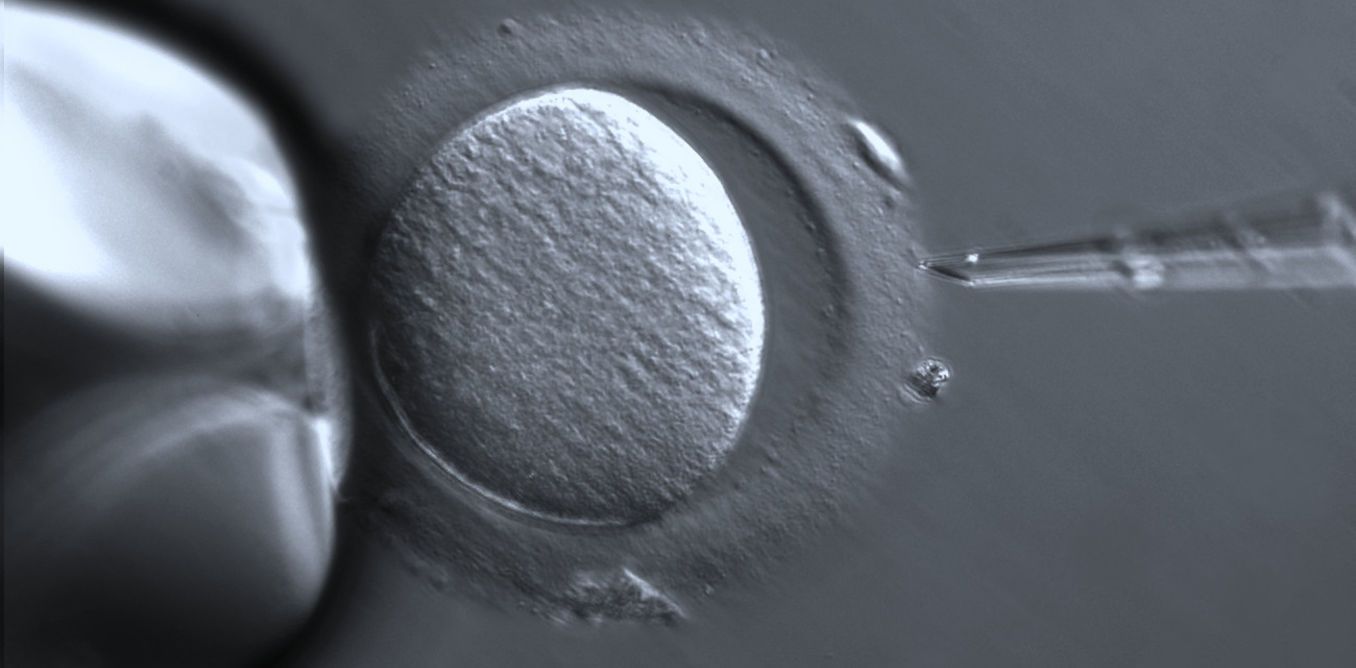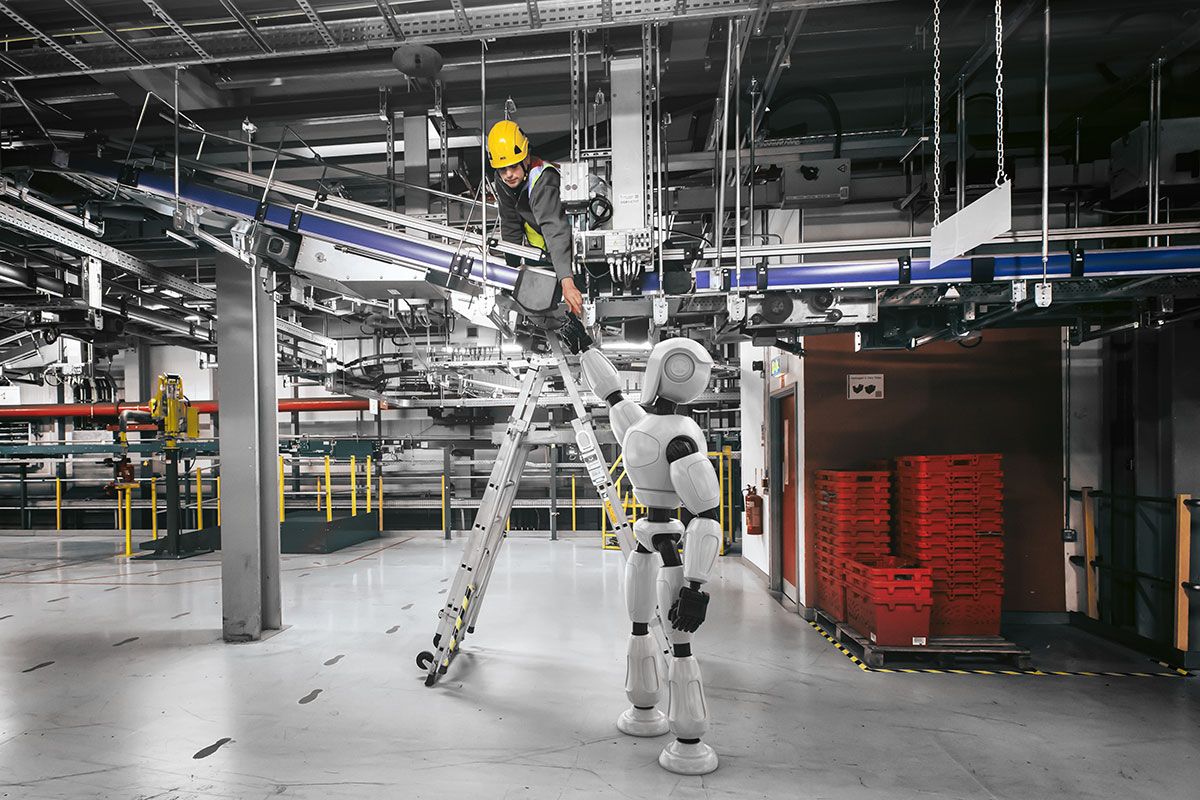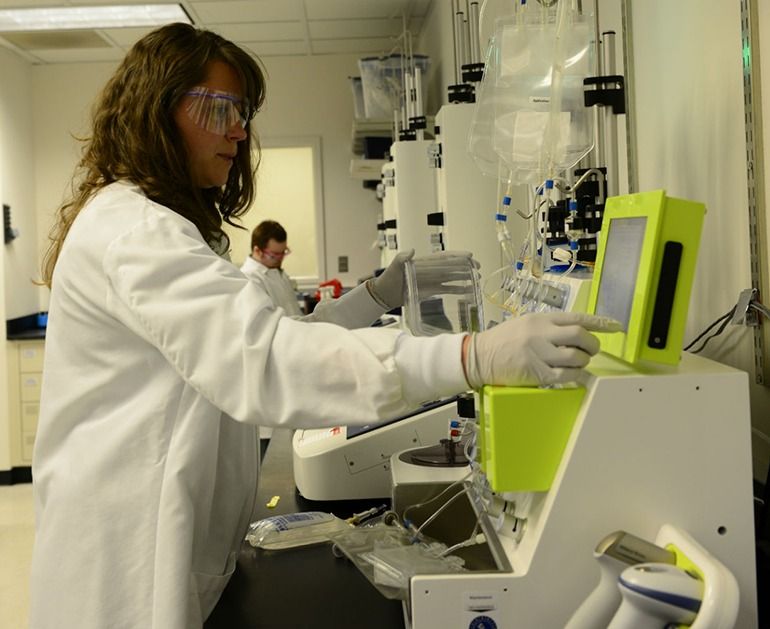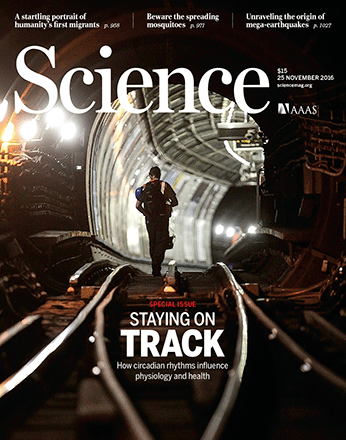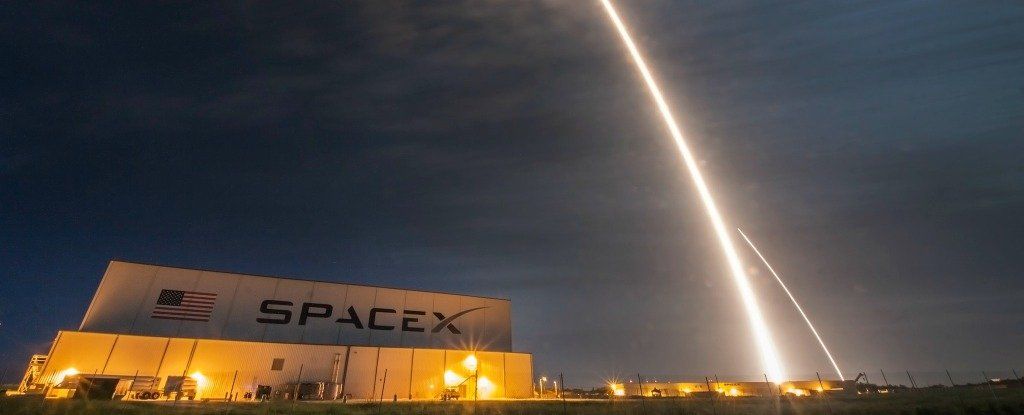Nov 27, 2016
CERN introduces Large Hadron Collider’s robotic inspectors
Posted by Carse Peel in categories: particle physics, robotics/AI, transportation
Since the Large Hadron Collider (LHC) needs to be in tip-top shape to discover new particles, it has two inspectors making sure everything’s in working order. The two of them are called TIM, short not for Timothy, but for Train Inspection Monorail. These mini autonomous monorails that keep an eye on the world’s largest particle collider follow a pre-defined route and get around using tracks suspended from the ceiling. According to CERN’s post introducing the machines, the tracks are remnants from the time the tunnel housed the Large Electron Positron instead of the LHC. The LEP’s monorail was bigger, but not quite as high-tech: it was mainly used to transport materials and workers.
As for what the machines can do, the answer is “quite a few.” They can monitor the tunnel’s structure, oxygen percentage, temperature and communication bandwidth in real time. Both TIMs can also take visual and infrared images, as well as pull small wagons behind them if needed. You can watch them in action below — as you can see, they’re not much to look at with their boxy silver appearance. But without them, it’ll be tough monitoring a massive circular tunnel with a 17-mile circumference.
Continue reading “CERN introduces Large Hadron Collider’s robotic inspectors” »
